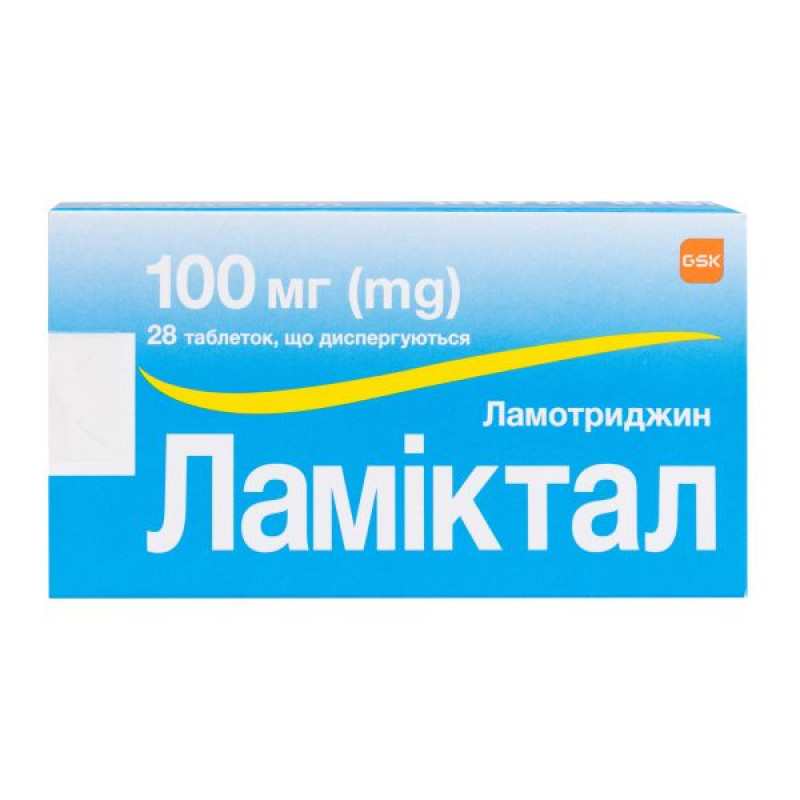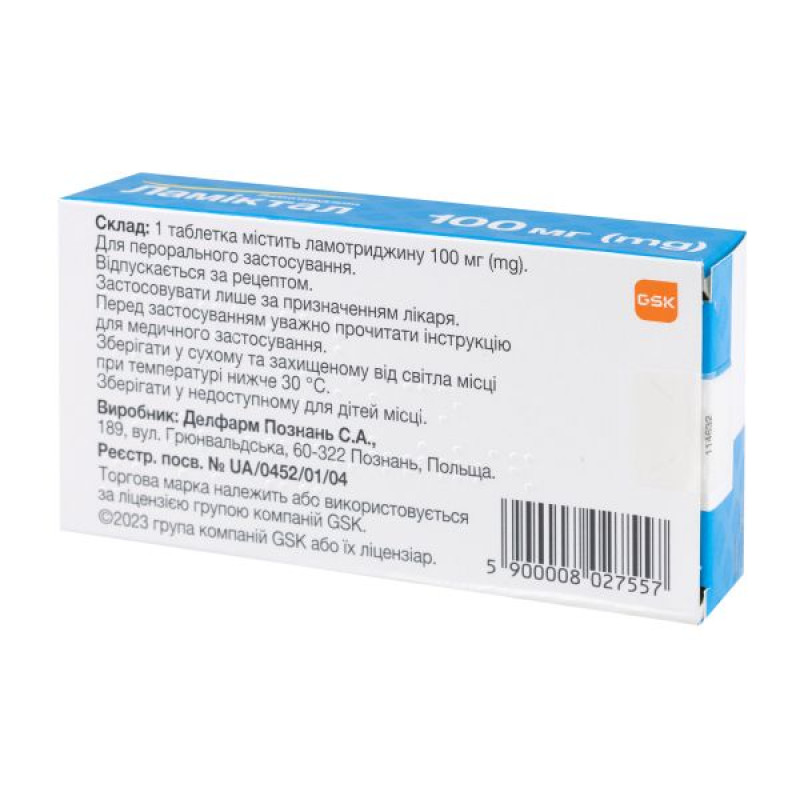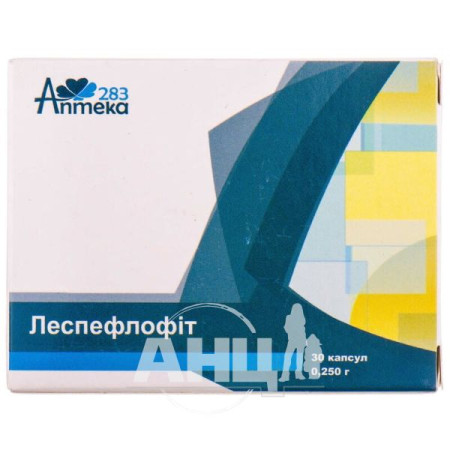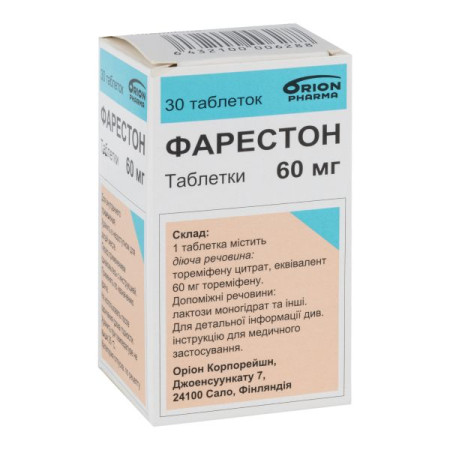Lamictal dispersible tablets 100 mg blister No. 28
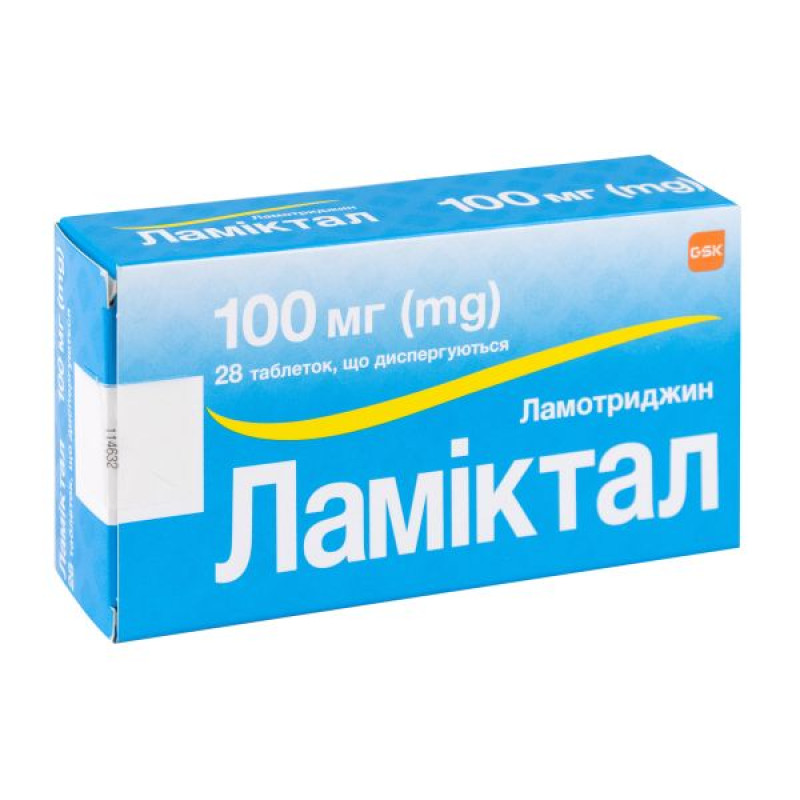
Lamictal tablets are used for the following indications:
epilepsy:
Adults and children aged 13 years and over: adjunctive therapy or monotherapy for partial and generalized epileptic seizures, including tonic-clonic seizures; seizures associated with Lennox-Gastaut syndrome (Lamictal is prescribed as adjunctive therapy, but in Lennox-Gastaut syndrome it can be prescribed as an initial antiepileptic drug (AED)); Children aged 2 to 12 years: adjunctive therapy for partial and generalized epileptic seizures, including tonic-clonic seizures and seizures associated with Lennox-Gastaut syndrome; monotherapy for typical absences.Bipolar disorder (adults - from 18 years of age): prevention of depressive states in patients with bipolar I disorder, who mainly suffer from depressive states (Lamictal is not indicated for the emergency treatment of manic or depressive episodes).
Composition
Active ingredient: lamotrigine;
1 tablet contains lamotrigine 25 mg or 50 mg, 100 mg;
Excipients: lactose, microcrystalline cellulose, povidone K30, sodium starch (type A), iron oxide yellow (E172), magnesium stearate.
Contraindication
Lamictal is contraindicated in patients with known hypersensitivity to lamotrigine or any other component of the drug.
Method of application
Lamictal tablets should be swallowed whole, without chewing or breaking.
If the calculated dose of lamotrigine (for example, for the treatment of children suffering from epilepsy or patients with impaired liver function) is not a multiple of whole tablets, the dose used should correspond to the nearest smaller number of whole tablets.
Application features
Pregnant women
If Lamictal therapy is considered necessary during pregnancy, use at the lowest possible therapeutic dose is recommended.
Children
This drug is not recommended for use in children with bipolar disorder (under 18 years of age) because randomized withdrawal studies have not demonstrated significant efficacy and have shown an increase in suicidality.
Drivers
Since there is an individual response to antiepileptic drugs, the patient should consult a doctor regarding the specifics of driving in these cases.
Overdose
There have been reports of acute overdose (doses 10-20 times the maximum therapeutic dose), including fatalities. Symptoms of overdose have included ataxia, nystagmus, impaired consciousness, grand mal seizures, and coma. QRS complex widening (intraventricular conduction delay) has also been reported in overdose. QRS complex widening to >100 msec may be associated with more severe toxicity.
In case of overdose, the patient should be hospitalized for appropriate supportive therapy. Absorption-reducing therapy (activated charcoal) should be used if necessary. Additional treatment should be given as clinically indicated. There is no experience with hemodialysis in the treatment of overdose. In six volunteers with renal failure, 20% of lamotrigine was removed from the body during a 4-hour hemodialysis session.
Side effects
Psychiatric disorders: very common (≥ 1/10) - aggression, irritability. Nervous system disorders: very common (≥ 1/10) - headache; common (≥ 1/100, <1/10) - drowsiness, dizziness, tremor, insomnia, anxiety. Gastrointestinal disorders: common (≥ 1/100, <1/10) - nausea, vomiting, diarrhea, dry mouth. Skin and subcutaneous tissue disorders: very common (≥ 1/10) - skin rash. Musculoskeletal and connective tissue disorders: common (≥ 1/100, <1/10) - arthralgia.Interaction
Interaction studies have only been conducted in adults.
In a study of 10 male volunteers, rifampicin increased the clearance and decreased the half-life of lamotrigine due to induction of hepatic enzymes responsible for glucuronidation. Patients receiving concomitant rifampicin therapy should follow the treatment regimen recommended for lamotrigine and appropriate inducers of glucuronidation.
In healthy volunteers, lopinavir/ritonavir approximately halved the plasma concentration of lamotrigine by inducing glucuronidation. Patients already taking lopinavir/ritonavir should be treated with the same regimen recommended for lamotrigine and glucuronidation inducers.
Storage conditions
Store below 30°C.
Keep out of reach of children.
Shelf life - 3 years.
There are no reviews for this product.
There are no reviews for this product, be the first to leave your review.
No questions about this product, be the first and ask your question.







